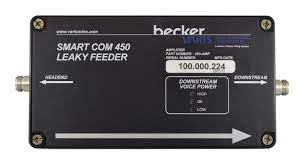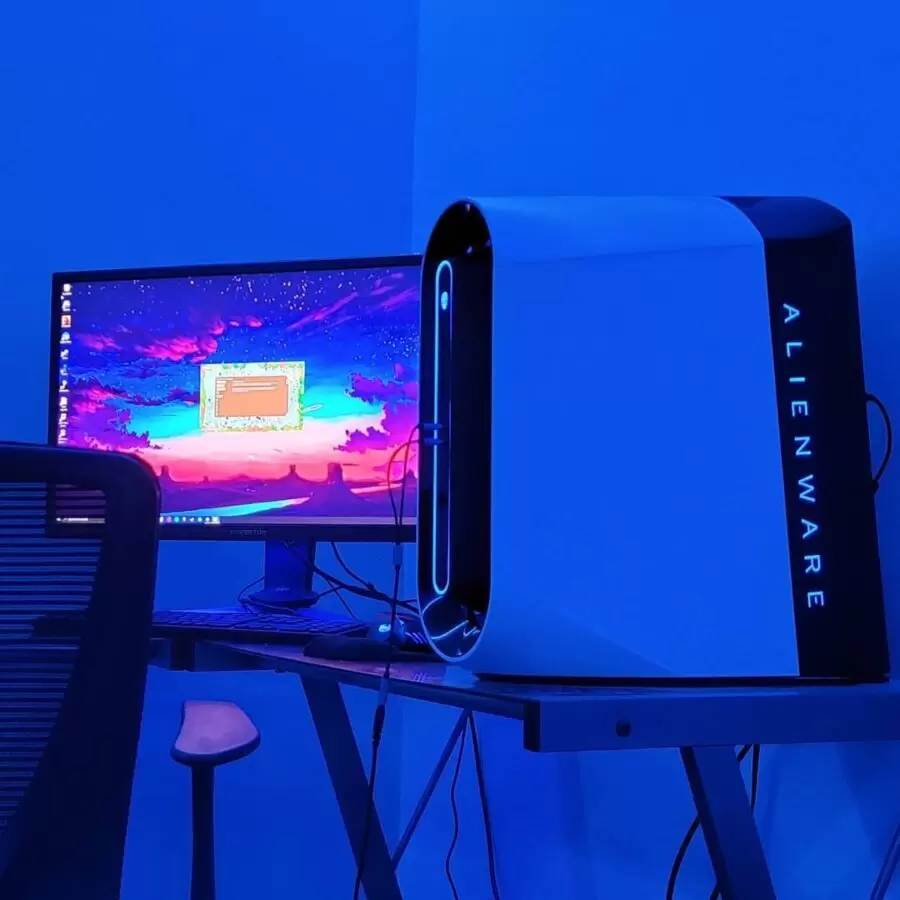What is Coaxial Cable?
Coaxial cable is a type of cable that consists of two concentric conductors, with a dielectric material between them. The inner conductor is the signal carrying conductor, and the outer conductor is a shield that helps to protect the signal from interference. Coaxial cable is commonly used for high-frequency applications, such as cable television, computer networking, and radio broadcasting.
History of Coaxial Cable
The first coaxial cable was invented by Herman A. Brueninghaus in 1929. Brueninghaus was working for the Radio Corporation of America (RCA) at the time, and he was looking for a way to improve the performance of radio antennas. Coaxial cable was a significant improvement over previous types of cables, and it quickly became the standard for high-frequency applications.
Water infiltration in your satellite dish or aerial installation can severely impact reception, resulting in distorted signals and the disappearance of channels. It is crucial to be aware of the symptoms of water in coaxial cables and take appropriate steps to address the issue promptly. In this article, we will explore the key symptoms to look out for and provide guidance on troubleshooting and resolving water-related problems.
Composition of Coaxial Cable
A coaxial cable is made up of the following components:
- Center conductor: The center conductor is the signal carrying conductor. It is typically made of a solid copper wire, but it can also be made of stranded copper wire or a metal alloy.
- Dielectric: The dielectric is the material that separates the center conductor from the outer conductor. It is typically made of a plastic material, such as polyethylene or Teflon.
- Outer conductor: The outer conductor is a shield that helps to protect the signal from interference. It is typically made of a braided copper wire or a metal foil.
- Jacket: The jacket is the outer covering of the cable. It is typically made of a plastic material, such as PVC or PE.
Types of Coaxial Cable
There are many different types of coaxial cable, each with its own specific properties. Some of the most common types of coaxial cable include:
- RG-59: RG-59 is a type of coaxial cable that is commonly used for cable television applications. It has a center conductor that is 75 ohms impedance, and it is typically shielded with a braided copper wire.
- RG-6: RG-6 is a type of coaxial cable that is commonly used for high-definition television (HDTV) applications. It has a center conductor that is 75 ohms impedance, and it is typically shielded with a double-braided copper wire.
- RG-8: RG-8 is a type of coaxial cable that is commonly used for radio frequency (RF) applications. It has a center conductor that is 50 ohms impedance, and it is typically shielded with a braided copper wire.
Applications of Coaxial Cable
Coaxial cable is used in a wide variety of applications, including:
- Cable television: Coaxial cable is the most common type of cable used for cable television. It is used to transmit the video and audio signals from the cable company to the home.
- Computer networking: Coaxial cable is also used for computer networking. It is commonly used for Ethernet networks, and it can also be used for high-speed networks, such as Gigabit Ethernet and 10 Gigabit Ethernet.
- Radio broadcasting: Coaxial cable is used for radio broadcasting. It is used to transmit the audio signals from the radio station to the antenna.
- Satellite television: Coaxial cable is used for satellite television. It is used to transmit the video and audio signals from the satellite to the home.
- Other applications: Coaxial cable is also used in a variety of other applications, such as medical imaging, industrial controls, and military applications.
Symptoms of Water in Coaxial Cables
- Reception Issues Due to Cable Damage: Cracked, damaged, or split cables can lead to reception problems, particularly in water. Check the line thoroughly for signs of tears and cracks, as damaged cables not only affect reception quality but also provide entry points for water to enter the installation.
- Disconnect and Inspect: Unplug the cable connecting your satellite dish, aerial, or set-top box. Proceed to inspect the Load Bearing Unit (LNB) and the cap for any visible signs of damage. In case you identify significant damage, it is advisable to seek assistance from a professional installer for proper assessment and repair.
- Examine Connectors for Water Buildup: Pay close attention to the connectors on both ends of the cable and the wall socket for any signs of green or water buildup. The presence of such residue indicates water intrusion at some point, suggesting water damage. Addressing this buildup promptly is crucial to prevent further issues.
This post was written by Justin Tidd, Director at Becker Mining Communications! For over 15 years, Becker Communications has been the industry’s leader in underground communication systems and electrical mining communication systems. As they expanded into surface mining, railroads, and tunneling they added wireless communication systems, handheld radios, tagging and tracking systems, as well as gas monitoring.
Originally posted 2023-06-22 15:51:56.
Disclaimer: For more such interesting articles visit US Time Now.













